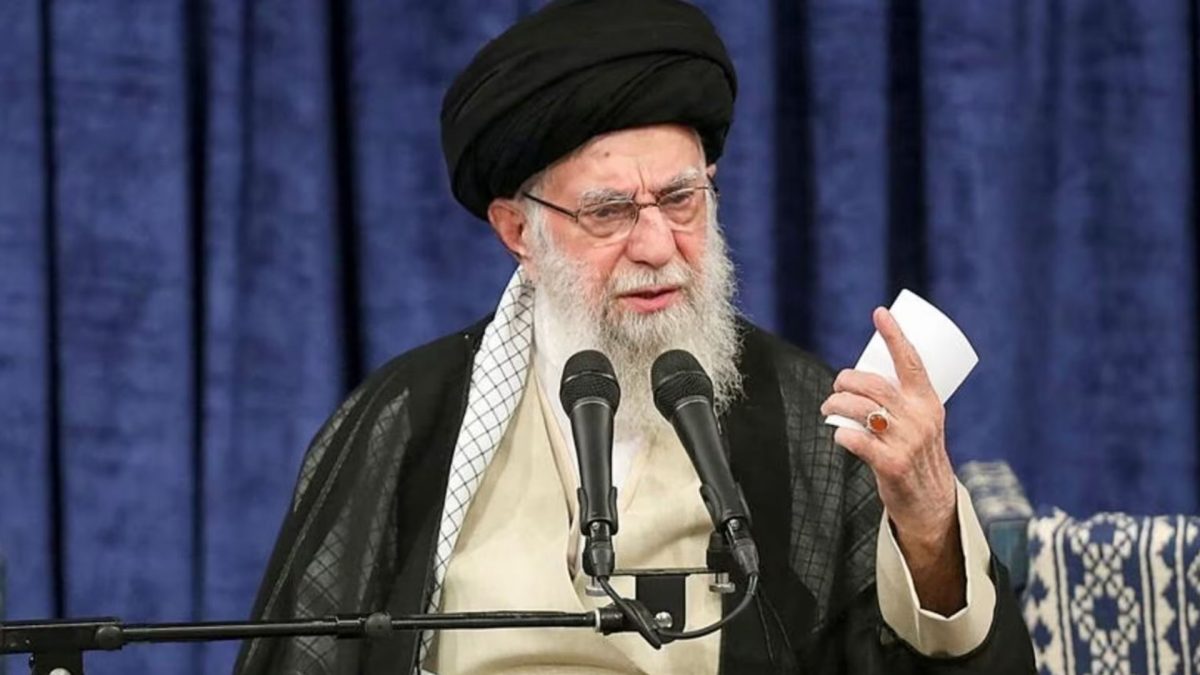The removal of Syrian President Bashar al-Assad by a rebel alliance has created serious challenges for Iran’s foreign policy. Losing a key ally has disrupted Iran’s “Axis of Resistance” and revealed weaknesses in its broader Middle East plans.
Decades of close ties
Under Assad, Syria became an essential ally in Iran’s broader regional ambitions. Iran’s foreign ministry recently called the relationship historical and expressed hope for its continuation even after the regime change. In a statement shared by ISNA, Iran voiced its respect for the Syrian people’s choices and encouraged dialogue to ease tensions.
However, these words mask the difficulties Iran now faces. Syria played a vital role as a route to arm Hezbollah in Lebanon, boosting Iran’s stance against Israel. With Assad’s departure, this connection is at risk, threatening Iran’s influence across the region, as noted by the Associated Press.
Blame and chaos in Tehran
The fall of Syrian President Assad has reportedly triggered a wave of infighting within Iran’s Islamic Revolutionary Guard Corps (IRGC). Sources cited by The Telegraph suggested that IRGC commanders are accusing one another of errors that led to this significant setback. Brigadier General Esmail Qaani, the Quds Force leader, is said to be under heavy criticism, with claims that he failed to safeguard Iran’s interests in Syria.
This internal discord seems to reflect Tehran’s unpreparedness for such a development, with officials reportedly stunned by Assad’s abrupt departure. According to an unnamed IRGC official quoted in The Telegraph, the focus for over a decade had been on keeping Assad in power, not out of admiration, but to secure Iran’s strategic foothold near Israel and Hezbollah. The lack of a clear response strategy has apparently deepened the crisis, leaving Iran to reassess its position in the region.
Impact Shorts
More ShortsA shattered ‘Axis of Resistance’
Assad’s regime had long been described as a cornerstone of Iran’s so-called ‘Axis of Resistance’, which included Hezbollah, Hamas and the Houthis. Reports indicate that this network, previously strengthened by Qassem Soleimani’s efforts, has been significantly weakened by recent setbacks, including Israeli airstrikes in Gaza, Lebanon, and even within Iran itself.
Observers, including UAE diplomat Anwar Gargash in the Associated Press, have pointed out that the loss of Assad represents a severe blow to Iran’s regional influence. Gargash, speaking at the Manama Dialogue, reportedly remarked that Iran’s deterrence has been undermined by developments in Gaza, Lebanon and now Syria. Without Syria as a channel to arm Hezbollah and other proxies, Iran’s ability to maintain its influence appears severely compromised.
A nation in turmoil
The impact of Assad’s downfall extends beyond Iran’s foreign policy deeply affecting its domestic situation. Nationwide protests in recent years have often criticised the government for spending tens of billions of dollars to support Assad’s regime pointing to it as an example of misplaced priorities. The Telegraph reported that some Iranians welcomed Assad’s removal seeing it as a sign of possible change within Iran.
Iran’s strategic choices and challenges
Despite these setbacks, Iran still holds certain tools to influence the region. Its nuclear programme remains a significant point of leverage. While Iran claims its uranium enrichment is for peaceful purposes, international watchdogs like the International Atomic Energy Agency have raised concerns about its growing stockpile of uranium close to weapons-grade levels. Experts like Thanos Dokos, Greece’s national security adviser, have told the Associated Press that this development highlights Iran’s potential to use nuclear brinkmanship to assert its regional influence.
Additionally, Iran’s strategy of exploiting regional instability continues to be a key tactic. Sanam Vakil of Chatham House in The Telegraph observed that Iran has often taken advantage of state weaknesses to advance its goals. However, the current geopolitical environment appears to offer fewer opportunities for such moves, leaving Iran at a critical juncture in its regional ambitions.
Is a major change ahead?
The fall of Assad has led some in Iran’s leadership to rethink their foreign policy priorities. Iranian historian Arash Azizi told The Telegraph that some parts of the government recognise the declining benefits of revolutionary Islamism. However, any change would face strong opposition from hardliners who see the ‘Axis of Resistance’ as a core part of Iran’s identity. For now, Tehran seems determined to protect its alliances despite the shifting situation.
A crisis in Iran’s ambitions
Assad’s fall marks a turning point in Iran’s strategy, highlighting the weakness of its alliances and the limits of its power in the region. While Iran may try to adjust and find new ways to assert influence, the loss of Syria has changed West Asia’s power balance. As Iran faces this new reality, the next few months will be crucial in deciding whether it can adapt its foreign policy or risk losing its strategic relevance.
)